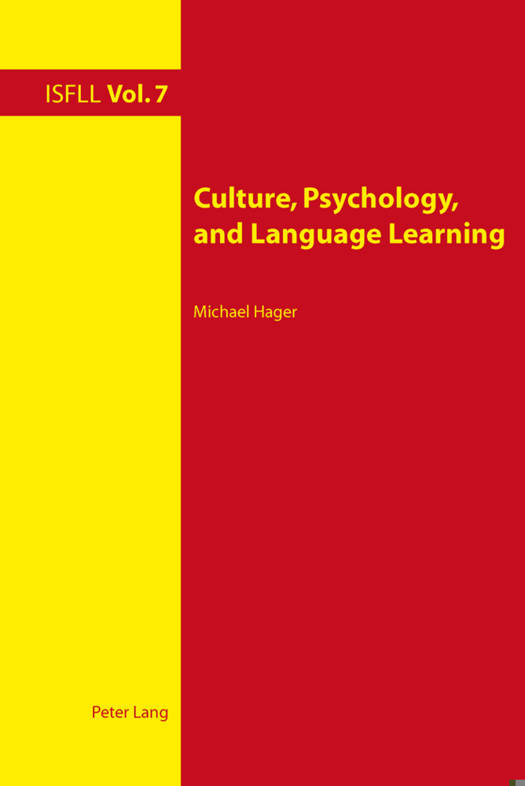
- Afhalen na 1 uur in een winkel met voorraad
- Gratis thuislevering in België vanaf € 30
- Ruim aanbod met 7 miljoen producten
- Afhalen na 1 uur in een winkel met voorraad
- Gratis thuislevering in België vanaf € 30
- Ruim aanbod met 7 miljoen producten
Zoeken
Omschrijving
This book demonstrates that culture and language are closely intertwined and argues that they need to be taught simultaneously from the very beginning of acquiring a second language. In the first part of the book, the author explores the close links between language and culture through looking at concepts such as ethnosyntax and gendered language. The discussion continues by examining the relationship of biculturalism and bilingualism, and the effects each can have on the other. This leads into an exploration of interculturalism and the idea of a third culture or interculture. The second half of the book demonstrates how culture and language are linked to cognition by looking at cognitive processing, emotions, and motivation in second language acquisition. This discussion illuminates some of the ways in which culture can influence the learning of a second language, and also provides fascinating insights into how culture and language affect memory and its role in the learning process.
Specificaties
Betrokkenen
- Auteur(s):
- Uitgeverij:
Inhoud
- Aantal bladzijden:
- 350
- Taal:
- Engels
- Reeks:
- Reeksnummer:
- nr. 7
Eigenschappen
- Productcode (EAN):
- 9783034301978
- Verschijningsdatum:
- 9/03/2011
- Uitvoering:
- Paperback
- Formaat:
- Trade paperback (VS)
- Afmetingen:
- 147 mm x 224 mm
- Gewicht:
- 539 g

Alleen bij Standaard Boekhandel
+ 165 punten op je klantenkaart van Standaard Boekhandel
Beoordelingen
We publiceren alleen reviews die voldoen aan de voorwaarden voor reviews. Bekijk onze voorwaarden voor reviews.











